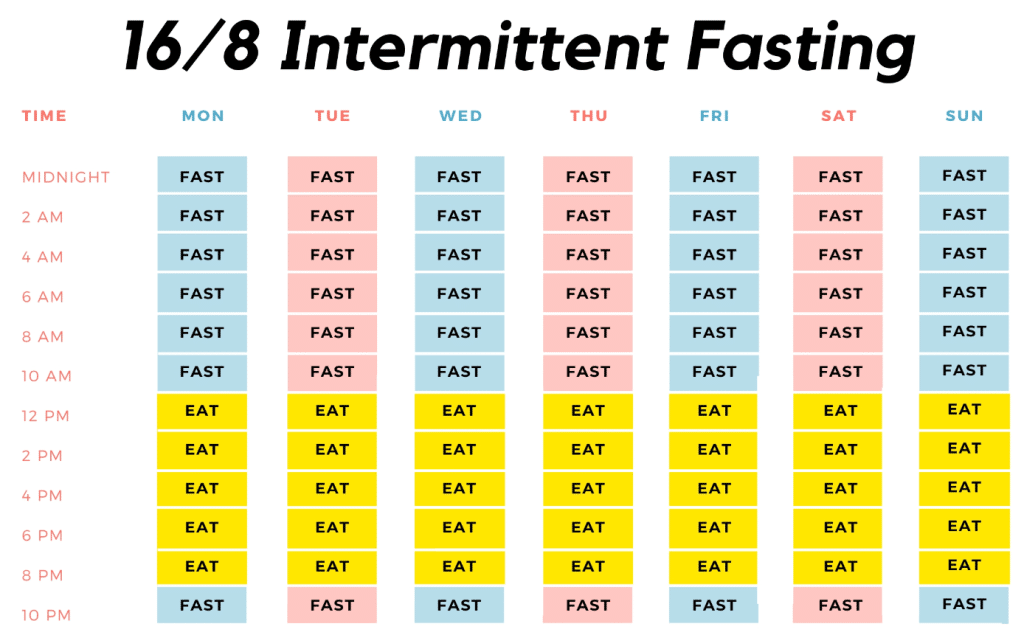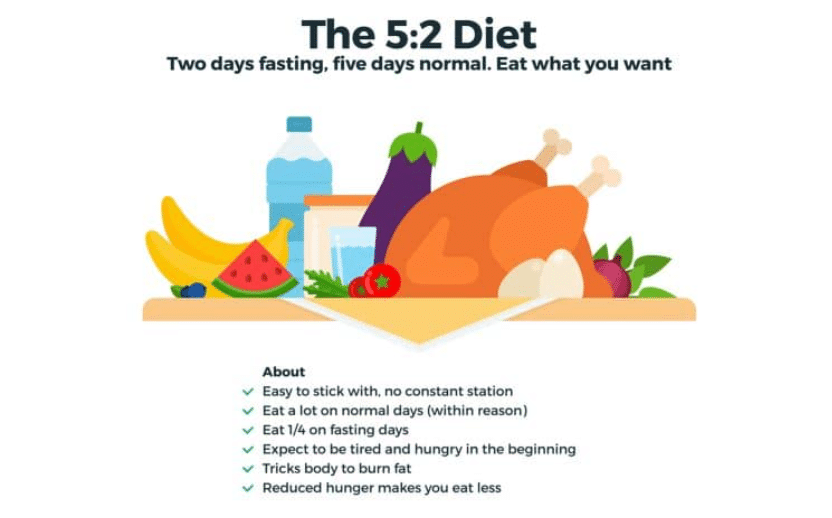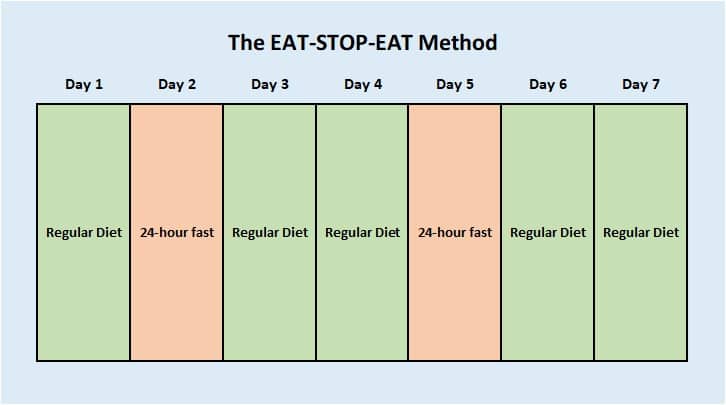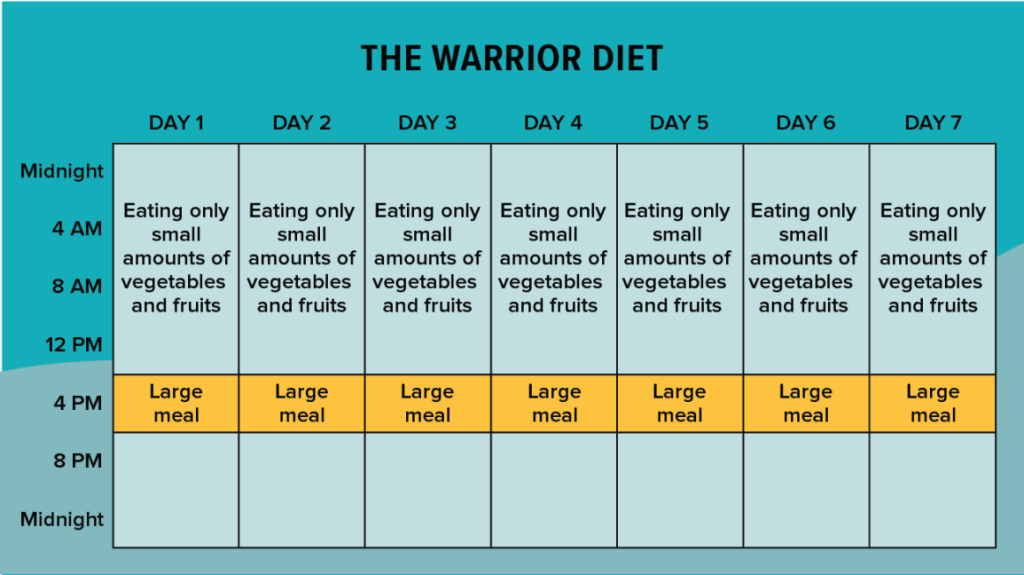Intermittent fasting has surged in popularity as a flexible approach to improving health and managing weight. This method, which alternates between periods of eating and fasting, offers a range of schedules to fit different lifestyles, goals, and health statuses. Choosing the proper intermittent fasting schedule is crucial for maximizing benefits and ensuring it complements your daily routine. This post aims to guide you through the process of selecting the most appropriate intermittent fasting schedule, tailored to your individual needs and preferences, to embark on a journey toward a healthier, more balanced life.
Contents
Exploring the Basics of Intermittent Fasting

Intermittent fasting involves alternating cycles of eating and fasting, a practice that not only aids in weight loss but also offers numerous health benefits. This approach to eating hinges on the timing of meals, allowing the body periods of rest from digestion and calorie intake. The simplicity of intermittent fasting lies in its flexibility, making it adaptable to almost any lifestyle. It’s not about restricting what foods you can eat but rather when you eat them, providing a sustainable method for long-term health improvements.
The benefits of intermittent fasting extend beyond mere weight control, encompassing improved metabolic health, better blood sugar control, and even a potential increase in lifespan. Studies have shown that intermittent fasting can lead to significant improvements in cardiovascular health, reduction in inflammation, and enhancements in brain health. These advantages stem from the body’s adaptive response to fasting, which includes cellular repair processes and hormonal adjustments that promote fat-burning and reduce insulin resistance. With these compelling health benefits, it’s clear why many are drawn to find an intermittent fasting schedule that aligns with their health goals and daily routines.
The 16/8 Method

The 16/8 method is one of the most popular intermittent fasting schedules, characterized by fasting for 16 hours followed by an 8-hour eating window. This schedule is particularly appealing for beginners or those seeking a fasting regimen that easily integrates into a busy lifestyle. By simply extending the overnight fast a few hours into the day, individuals can enjoy the benefits of intermittent fasting without drastic lifestyle changes. The 16/8 method simplifies meal planning and encourages healthier eating habits by limiting the time frame for food intake.
Adopting the 16/8 method can lead to significant weight loss, improved metabolic rates, and better control over blood sugar levels. It works by narrowing the eating window to typically two to three meals, which naturally reduces calorie intake without the need for calorie counting. Moreover, this method supports the body’s natural circadian rhythm, potentially enhancing sleep quality and energy levels throughout the day. However, success with the 16/8 method requires discipline in avoiding late-night snacking and ensuring nutrient-rich food choices during the eating window to fully reap the health benefits.
The 5:2 Diet

The 5:2 diet offers an intermittent fasting approach that involves eating normally for five days of the week while restricting calories to approximately 500-600 on two non-consecutive days. This method is especially suited for individuals who prefer not to fast completely on certain days but are still looking to achieve the benefits of intermittent fasting. The calorie restriction on fasting days encourages the body to use fat stores for energy, leading to weight loss and improved metabolic health.
One of the key advantages of the 5:2 diet is its flexibility, allowing individuals to choose their fasting days based on their schedule and preferences. This adaptability makes it easier to maintain social engagements and enjoy meals with family and friends without strict dietary restrictions. Studies have indicated that the 5:2 diet can improve insulin sensitivity and brain function, along with reducing the risk of chronic diseases. However, it’s essential for individuals to consume nutrient-dense foods during both their fasting and non-fasting days to ensure their body receives essential vitamins and minerals.
Eat-Stop-Eat

Eat-Stop-Eat takes intermittent fasting to another level, involving 24-hour fasts once or twice a week. This approach is based on the concept of complete abstinence from food for a full day, challenging the body to tap into fat stores for energy, thereby accelerating weight loss and enhancing detoxification processes. It offers a straightforward fasting method without the need to count calories or plan complex diets, appealing to those who appreciate simplicity in their nutritional regimen.
Despite its benefits, Eat-Stop-Eat requires a significant amount of mental and physical discipline, as going 24 hours without food can be challenging, especially for beginners. It’s crucial for individuals to stay hydrated during fasting periods and to break their fasts with balanced, nutritious meals to replenish the body. This method can lead to improved metabolic health, increased insulin sensitivity, and a greater sense of control over eating habits. However, it’s not suitable for everyone, particularly those with health conditions or a history of disordered eating, highlighting the importance of personal suitability and safety in choosing an intermittent fasting schedule.
The Warrior Diet

The Warrior Diet is inspired by the eating patterns of ancient warriors, who reputedly ate little during the day and feasted at night. This intermittent fasting schedule involves consuming small amounts of raw fruits and vegetables during the day and a single, large meal in the evening. This approach not only simplifies daily eating patterns but also aligns with natural hunger cues, potentially leading to improved digestion and better nutrient absorption.
Adhering to the Warrior Diet can encourage a focus on food quality, as the large nightly meal becomes a time to consume a variety of nutrients through whole foods. This diet promotes the consumption of unprocessed, nutrient-dense foods, which can lead to improvements in body composition, energy levels, and overall health. However, this method may require a period of adjustment as the body adapts to a substantial evening meal following minimal daytime food intake. The Warrior Diet offers an unconventional yet effective approach to intermittent fasting, suitable for those who prefer a robust meal at the end of the day and are interested in exploring historical eating habits for modern health benefits.
Alternate-Day Fasting

Alternate-Day Fasting (ADF) is an intermittent fasting method where individuals alternate between days of no food restrictions and days of significant calorie reduction or complete fasting. This approach is particularly challenging but can be highly effective for weight loss and improving health markers due to the extended fasting periods. ADF encourages the body to adjust to a more flexible eating pattern, potentially enhancing fat oxidation and promoting greater metabolic flexibility. It’s suitable for those who have previous fasting experience and are looking for a more intense fasting regimen to overcome weight loss plateaus or improve health outcomes.
The key to succeeding with Alternate-Day Fasting lies in mindful eating on non-fasting days and ensuring nutrient intake is sufficient to support overall health. While ADF can lead to significant improvements in insulin sensitivity, cardiovascular health, and reductions in body fat, it requires careful planning to avoid overeating on feeding days. Individuals considering ADF should be prepared for the initial adjustment period, which can include hunger pangs and fatigue as the body adapts. However, many find that these challenges diminish over time as the body becomes accustomed to the new eating pattern, leading to sustainable health benefits and weight loss.
The Importance of Personalization

Selecting the proper intermittent fasting schedule is a deeply personal decision that should take into account individual lifestyle, health status, and wellness goals. No single fasting method works for everyone; personalization is key to finding a sustainable approach that can be maintained long-term. It’s essential to consider factors such as daily schedule, meal preferences, and physical activity levels when choosing a fasting method. Experimenting with different schedules may be necessary to discover which method feels most natural and yields the best results for one’s body and lifestyle.
Consultation with a healthcare provider is crucial before starting any intermittent fasting schedule, especially for individuals with existing health conditions or concerns. A healthcare professional can offer guidance on the most appropriate fasting methods based on medical history and current health status, ensuring safety and effectiveness. Listening to one’s body and making adjustments based on physical and mental responses to fasting is also vital. If a particular fasting schedule leads to undue stress, hunger, or fatigue, it may not be the right fit. The goal of intermittent fasting is to enhance health and well-being, not to create additional health issues, making personalization and adaptability fundamental to success.
Start Your Path to Fasting Success
Finding the ideal intermittent fasting schedule is about blending science with personal preference, aiming for a routine that enhances your health while fitting seamlessly into your lifestyle. It’s a process that encourages patience, self-exploration, and resilience. By tuning into your body’s needs and seeking professional advice, you can navigate the path to wellness with confidence. Let this be your moment to take control of your health journey, embracing intermittent fasting as a tool for lasting change.


